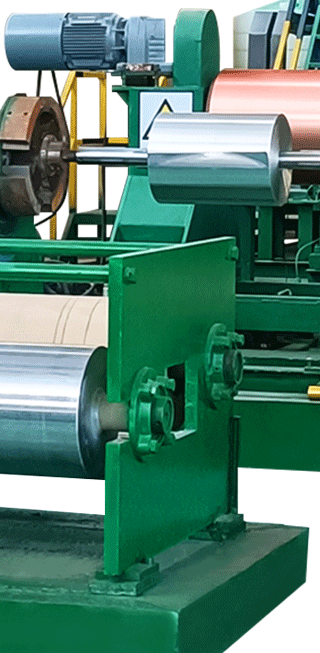Aluminum Foil for Baking
- Home
- Aluminum Foil for Baking
Aluminum foil is a kitchen staple that has been used for decades, and its versatility extends far beyond wrapping leftovers. When it comes to baking, aluminum foil is a valuable tool that can help you achieve better results in the kitchen.
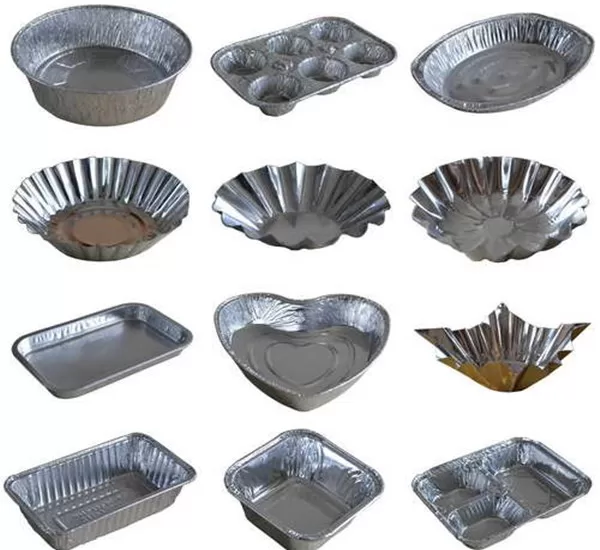
Advantages
1. Even Heat Distribution
Aluminum foil is an excellent heat conductor, which means it distributes heat evenly across the food’s surface.
2. Prevents Food from Sticking
One of the primary advantages of using aluminum foil for baking is its non-stick properties. When you line your baking sheets or pans with foil, it creates a barrier that prevents your food from sticking to the surface.
3. Easy Cleanup
Baking can be messy, but aluminum foil simplifies the cleanup process. This not only saves time but also reduces the need for scrubbing and soaking dirty pans.
4. Versatile and Customizable
Aluminum foil is incredibly versatile. You can form foil packets for cooking vegetables, fish, or chicken on the grill or in the oven.
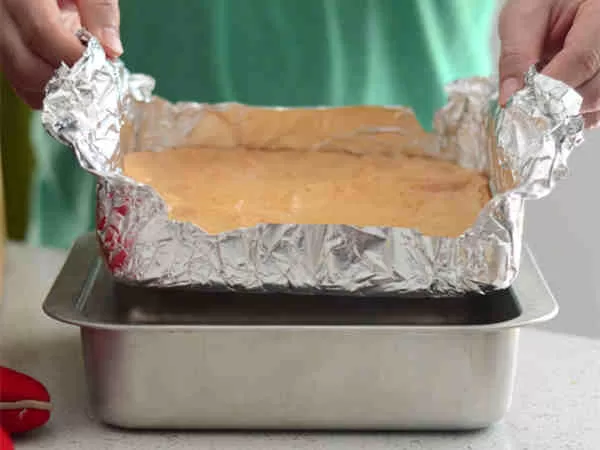
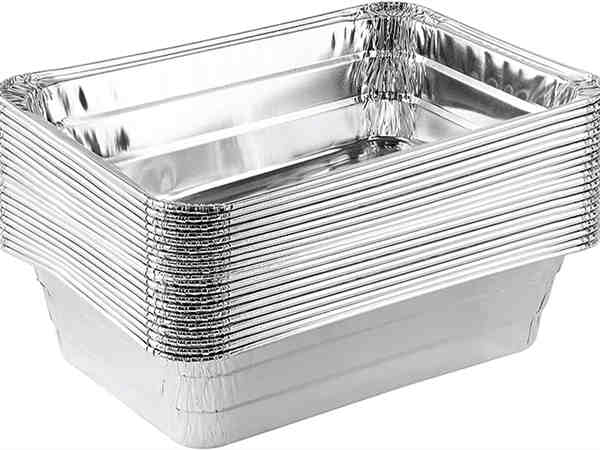
Applications
1. Lining Baking Pans
To prevent sticking and simplify cleanup, line your baking pans with aluminum foil before placing your batter or dough in them. This is particularly useful for brownies, bar cookies, and casseroles.
2. Wrapping Foods
Aluminum foil can be used to wrap foods like potatoes, corn on the cob, or fish, which are then baked in the oven. This method helps retain moisture and flavor while cooking.
3. Shielding Edges
When baking items that tend to brown too quickly around the edges (like pies or quiches), you can create a foil collar to shield the crust from excessive browning while allowing the center to cook properly.
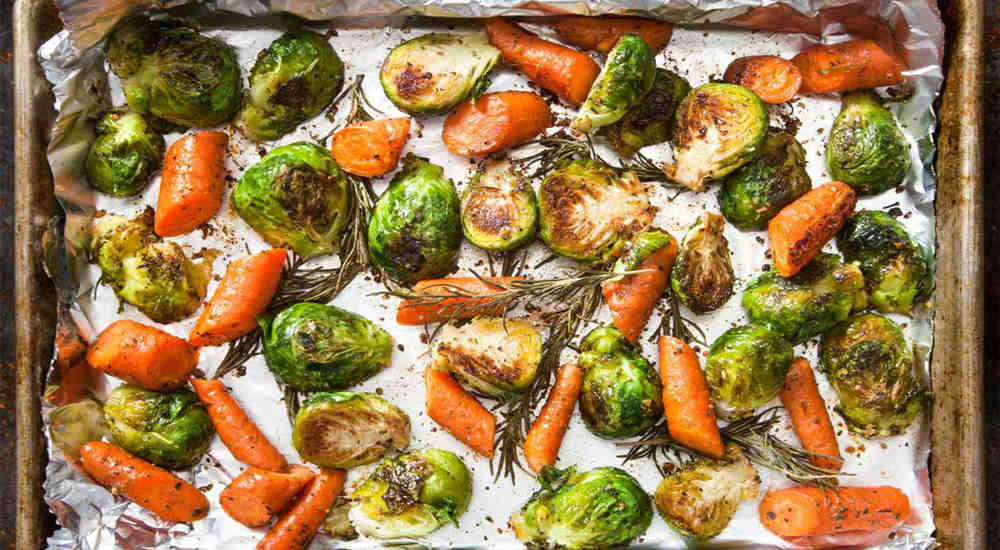
How to Use Aluminum Foil the Right Way
Using aluminum foil for baking is easy, but it’s important to follow some basic guidelines to ensure success:
1. Choose the Right Type
Select heavy-duty aluminum foil for baking. Heavy-duty foil is thicker and more durable, making it better suited for high-heat applications like baking.
2. Properly Line Pans
When lining baking pans or sheets with foil, make sure to smooth it out as much as possible to minimize wrinkles. Spray a thin layer of cooking spray or lightly grease the foil’s surface to further prevent sticking.
3. Avoid Overlapping
If you need to use multiple sheets of foil to cover a larger baking dish or create a foil packet, be sure to overlap them by a few inches and press the seams together firmly to prevent leakage.
4. Use Parchment Paper as a Barrier
If you’re concerned about the safety of aluminum foil coming into direct contact with certain acidic foods, place a layer of parchment paper between the foil and the food.
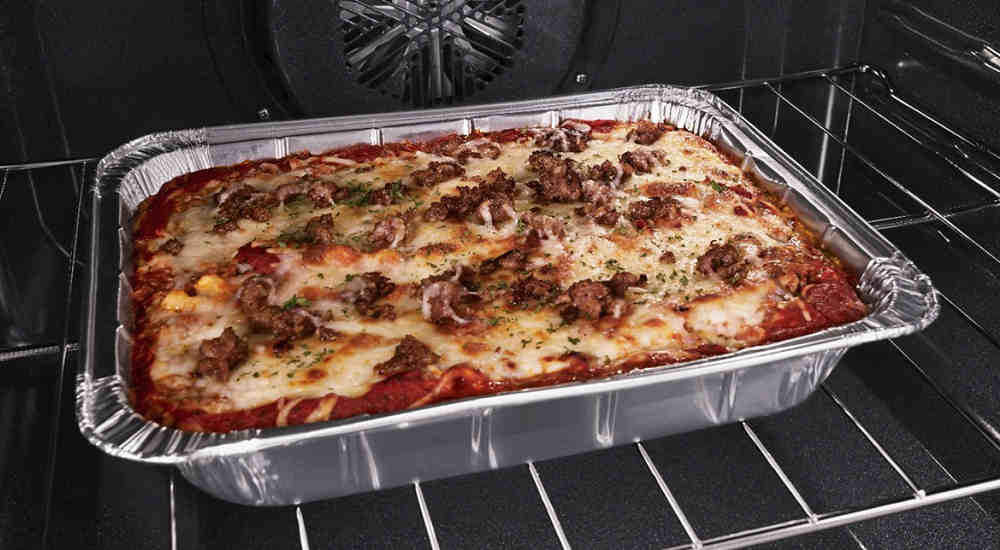
Is it Safe to Bake on Aluminum Foil?
The safety of using aluminum foil for baking has been a topic of discussion over the years. Aluminum is generally safe to use in cooking, but there are some precautions to keep in mind:
1. Avoid Highly Acidic Foods
As mentioned earlier, highly acidic foods can react with aluminum foil, potentially causing a metallic taste in the food. To prevent this, use parchment paper as a barrier when baking acidic dishes.
2. Do Not Use Aluminum Foil in Microwaves
Aluminum foil should never be used in a microwave, as it can cause sparks and fires. Stick to using microwave-safe containers and covers when heating food in a microwave.
3. Be Cautious with High Temperatures
While aluminum foil is safe for most baking applications, it is advisable not to expose it to extremely high temperatures (above 600°F or 316°C). At such temperatures, there is a risk of the foil melting or emitting harmful fumes.

